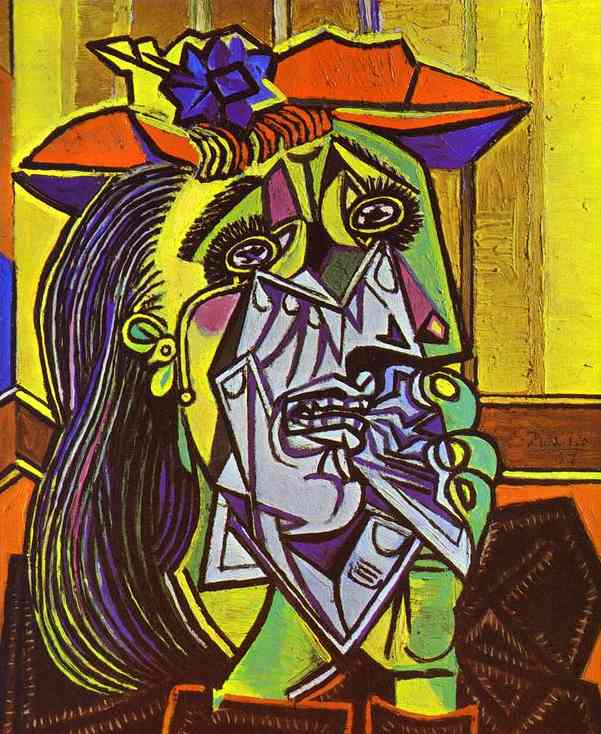This week I started on my first canvas of the five required for this half of the semester. Photos will follow. Also, I completed the first of the two required articles on my choice of abstract art, this one on Abstract Expressionism. I have a copy of Kadinsky's article, "Concerning The Spirit in Art." It is the size of a small book, so it will be some time before I will have that read and the report completed. I've prepared my next 36" x 36" board, this time sanding and applying gesso, so I continue to learn what works and what does not. Until next week, that is everything in process.
Oct. 22, 2015
Mary M. Ross
Painting
Article: “Overview of Abstract
Expressionist Ideas.”
In my research on abstract painting, I came upon this
article about the subject, and its first founding principles. I found that it coincided with the line of study
that I will be pursuing for this last half of the semester and thought it
worthy of comment. The following is the synopsis of the article.
Most of the concentration of the article was from the
opinions of Clement Greenberg and Harold Rosenberg. Both had a great influence on Abstract
Expressionism and followed the movement of Art through its changes and new
creations.
Art turned from politics to the cause of art alone which
at that time was great and heroic. The
movement from classical masters to freedom of expression was cutting edge and
avant-garde. Art turned to the
expression of ordinary people in styles vivid and meaningful. The canvas was no longer, “the space to
reproduce, re-design, analyze or express an object, actual or imagined.”
This movement was inspired by Clement Greenberg in an
essay, “Avant-garde and Kitsch;” as well as, Harold Rosenberg’s influence of
Kant and Hegel. This influence resulted
in art being seen as an encounter between the artist and the canvas. This was quite a change from past art
philosophies and changed the concept of what current art could become or
represent. Gone was the classical
portraits, landscapes, histories, etc. of the past, and now the door opened for
works so non-conservative as Jackson Pollock’s thrown paint and debris
paintings.
Abstract Expressionism gained attention and was featured
in the popular magazines of the day, “Life,” and “Vogue.” During this time, American painters took over
the role of cultural leadership and was embraced by the State Department as a
means of good publicity. The State
Department funded tours of American painters around Europe. This movement was called “The Triumph of
American Painting.”
In the l950’s this new movement faded and Abstract
Expressionism became another staid and habitual art form. It’s previous supporters (Greenberg and
Rosenberg), believe it needed innovation.
Although Abstract Expressionism was short-lived, its influence produced
the ideas that art became more and performance art emerged. Art became an event, action, an encounter,
even theatrical.
Greenberg spoke of art being “opticality, an experience
of pictorial space that can be travelled through, literally, or figuratively,
only with the eye.” Note: This is the area which coincides with my area
of pursuit. Victor Vaserely’s art is
very much an optical, and visual illusion of abstract art.
Greenberg’s influence faded in the 1960’s but still left
a significant effect on art. The
introduction of Pop art was part of the decline in opinion. Still Abstract Expressionism has an
after-life.
Sources:
The Art Story:
Modern Art Theory – Abstract Expressionism and Theories. 2014.
The Art Story Foundation.



































